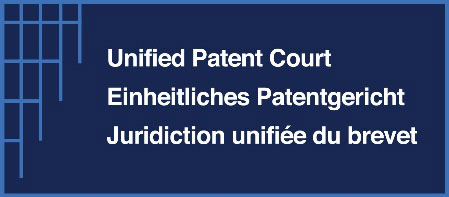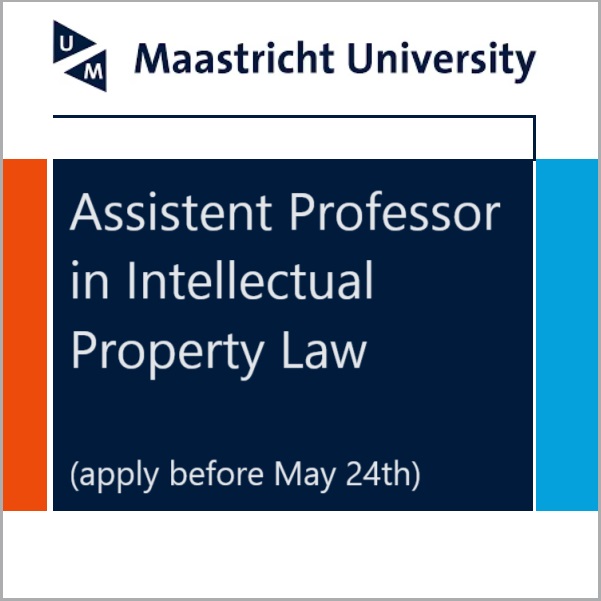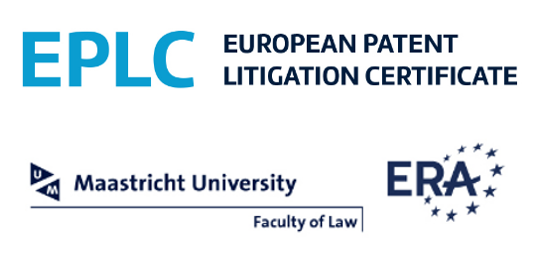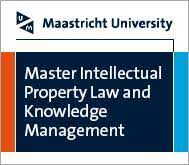Article 69
Print this page1. The extent of the protection conferred by a European patent or a European patent application shall be determined by the claims. Nevertheless, the description and drawings shall be used to interpret the claims.
2. For the period up to grant of the European patent, the extent of the protection conferred by the European patent application shall be determined by the claims contained in the application as published. However, the European patent as granted or as amended in opposition, limitation or revocation proceedings shall determine retroactively the protection conferred by the application, in so far as such protection is not thereby extended.
Protocol on the Interpretation of Article 69 EPC
UPC Case Law:
UPC Court of Appeal
IPPT20240226, UPC CoA, Nanostring v 10x Genomics II
Claim interpretation (article 69 EPC, Interpretation Protocol). The UPC Court of Appeal proceeds from the following principles in accordance with Art. 69 of the Convention on the Grant of European Patents (EPC) and the Protocol on its Interpretation. The patent claim is not only the starting point, but the decisive basis for determining the protective scope of a European patent. The interpretation of a patent claim does not depend solely on the strict, literal meaning of the wording used (see also the German and French language versions of the Protocol on Interpretation: “aus dem genauen Wortlaut der Patentansprüche”, “sens étroit et litéral du texte des revendications”). Rather, the description and the drawings must always be used as explanatory aids for the interpretation of the patent claim and not only to resolve any ambiguities in the patent claim. However, this does not mean that the patent claim merely serves as a guideline and that its subject-matter also extends to what, after examination of the description and drawings, appears to be the subject-matter for which the patent proprietor seeks protection. The patent claim is to be interpreted from the point of view of a person skilled in the art. In applying these principles, the aim is to combine adequate protection for the patent proprietor with sufficient legal certainty for third parties. These principles for the interpretation of a patent claim apply equally to the assessment of the infringement and the validity of a European patent. This follows from the function of the patent claims, which under the European Patent Convention serve to define the scope of protection of the patent under Art. 69 EPC and thus the rights of the patent proprietor in the designated Contracting States under Art. 64 EPC, taking into account the conditions for patentability under Art. 52 to 57 EPC (see EPO EBA, 11 December 1989, G 2/88, OJ 1990, 93 para. 2.5).
UPC Court of First Instance
IPPT20231220, UPC CFI, LD Munich, SES-Imagotag v Hanshow
Claim interpretation - prosecution history (article 69 EPC).The original version of the claims and amendments thereof during the application procedure can be used for claim interpretation. It follows from the spatial delimitation [...] that a component to be assigned to the side of the front surface of the electronic label cannot at the same time be assigned to the side of the rear surface of the housing - and vice versa.
IPPT20231211, UPC CFI, LD Düsseldorf, Ortovox Sportartikel v Mammut Sports
The prosecution history is in principle not to be taken into account when interpreting the patent. Article 24 (1) (c) UPCA in conjunction with Article 69 EPC conclusively determine which documents are to be used in the interpretation of the patent claims determining the scope of protection, namely the patent description and the patent drawings. Mere statements made during the grant procedure do not initially have any significance in limiting the scope of protection. At most, they can have an indicative meaning as to how the person skilled in the art can understand the feature in question (cf. on German law similarly BGH, NJW 1997, 3377, 3380 - Weichvorrichtung II). However, there is no mention of the fact that the simultaneous output of sound signals and voice messages is absolutely necessary for the realisation of the technical teaching of the patent in suit, based on its overall content, in the statement referred to by the defendants before the court in the grant proceedings.
IPPT20230913, UPC CFI, LD Vienna, CUP&CINO v Alpina Coffee
The scope of protection of a European patent is to be interpreted on the basis of Article 69 (1) EPC including its interpretative protocol in conjunction with Article 24(1)(c) UPCA. Accordingly, the scope of protection of the patent is determined by the content of the patent claims, for the interpretation of which the description and the drawings must also be taken into account. In this respect, the interpretation of the patent claims serves not only to eliminate any ambiguities, but also to explain the technical terms used therein and to clarify the meaning and scope of the invention described therein. The patent description is the source material for determining the technical teaching that is protected by the patent claim. This form of interpretation combines adequate protection for the patent proprietor with sufficient legal certainty for third parties. The aspect of legal certainty requires that interested third parties are able to recognise whether a contemplated, planned or already realised specific embodiment falls within the scope of protection of the patent claim.

















